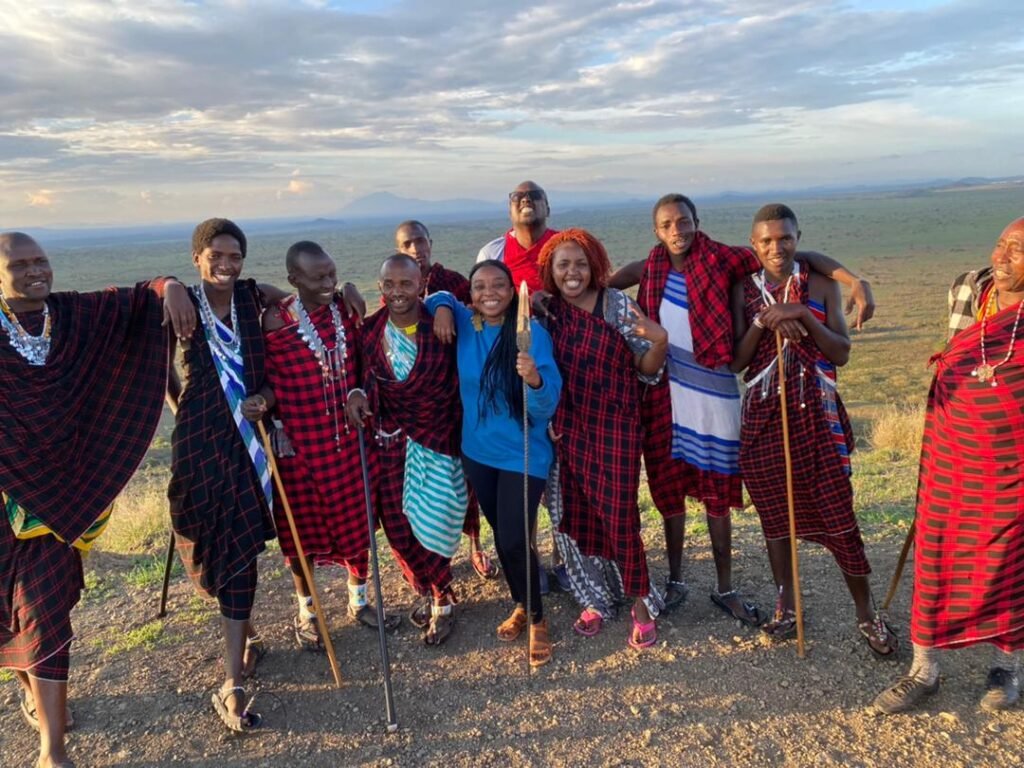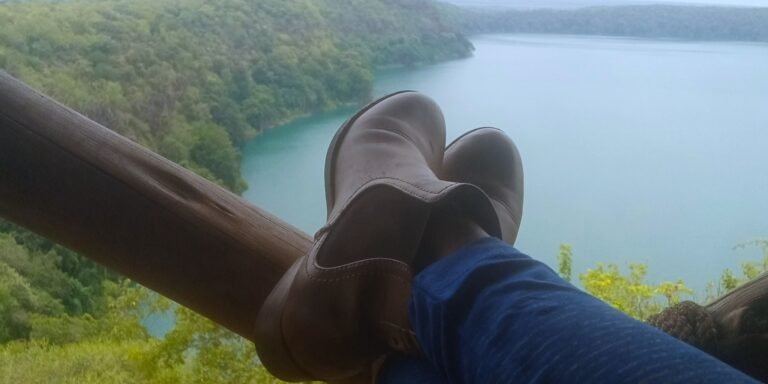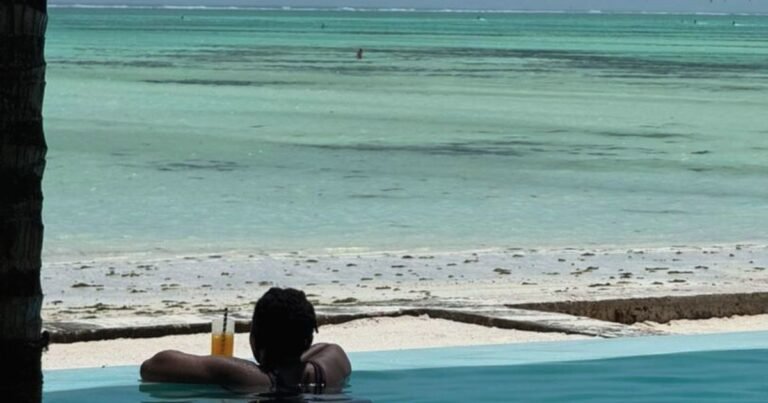Tanzania is home to over 120 indigenous tribes, including the Maasai, Iraqw, and Hadzabe. These tribes are known for their unique traditions, ways of life, and deep connection to the land.
Let’s explore together…

The Maasai
The Maasai are a semi-nomadic pastoralist people primarily found in the northern regions of Tanzania and Kenya. Famous for their vibrant shukas (robes) and beadwork, this tribe is perhaps the most iconic of Tanzania’s indigenous people. Their way of life is closely connected to the savannas and wildlife of East Africa. You can go ahead and call them guardians of tradition and wilderness.
Culture and Lifestyle: The Maasai maintain a traditional lifestyle centred around cattle, which are considered the lifeblood of their culture. Cattle not only provide food and clothing but also play a central role in social and economic transactions. The Maasai’s diet primarily consists of meat, milk, and blood, which are seen as sources of strength and vitality.
Connection to Nature: Living in harmony with nature, the Maasai are staunch protectors of their environment. They have a profound knowledge of the land, wildlife, and medicinal plants, which they use sustainably. Their nomadic lifestyle allows them to move with the seasons, ensuring the health of their herds and the land they inhabit.
Language: The Maasai speak ‘Maa’.
The Iraqw
The Iraqw people live in the fertile highlands of the Manyara and Arusha regions. This tribe is renowned for its advanced agricultural practices and unique linguistic heritage. As one of Tanzania’s most industrious tribes, the Iraqw have developed a distinct culture centred around farming and community cohesion. You could call this tribe the agricultural innovators of the highlands.
Agricultural Expertise: The Iraqw are skilled farmers, practising terracing and irrigation techniques that have been passed down through generations. These methods have enabled them to cultivate crops such as maize, beans, and millet on the steep slopes of the Great Rift Valley, ensuring food security and sustainability.
Cultural Heritage: Iraqw society is organized around extended families and clans, with a strong emphasis on communal living and cooperation. Traditional Iraqw houses, known as ‘dabas,’ are circular structures with thatched roofs, designed to withstand the region’s climatic conditions.
Language: The Iraqw speak a Cushitic language that is distinct from the Bantu languages spoken by many other Tanzanian tribes.
The Hadzabe
The Hadzabe, one of the last remaining hunter-gatherer tribes in Africa, offer a glimpse into a way of life that has remained largely unchanged for thousands of years. Inhabiting the Lake Eyasi region, the Hadzabe have adapted to their environment with remarkable skill and resilience. They are the last of the hunter-gatherers.
Hunter-Gatherer Lifestyle: The Hadzabe subsist on hunting game, and gathering wild fruits, honey, and tubers. Their deep knowledge of the local flora and fauna allows them to live sustainably on the land. Hunting is typically done with handmade bows and arrows, often poisoned with a natural toxin derived from the desert rose plant.
Social Structure: Hadzabe society is egalitarian, with decisions made collectively by the group. There are no formal leaders, and resources are shared among community members. This communal lifestyle fosters a strong sense of unity and cooperation.
Cultural Practices: Music and dance are integral to the Hadzabe culture. They use these art forms to communicate, celebrate, and connect with the spiritual world. The Hadzabe also have a rich tradition of storytelling, which serves to pass down knowledge and cultural heritage to younger generations.
The Maasai, Iraqw, and Hadzabe tribes each offer a unique window into Tanzania’s rich cultural heritage. Their diverse ways of life highlight the incredible adaptability and resilience of these communities. The next time you are travelling, explore their stories and take a journey into the heart of Tanzania’s cultural soul.





